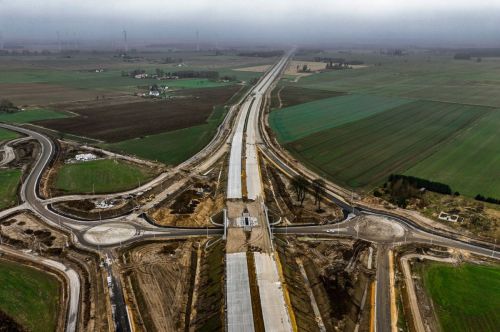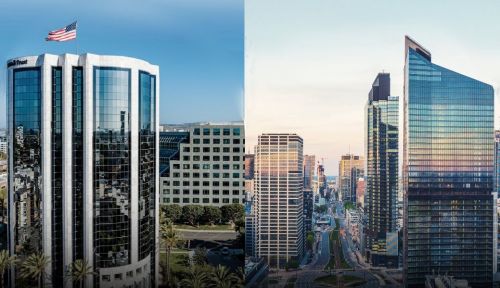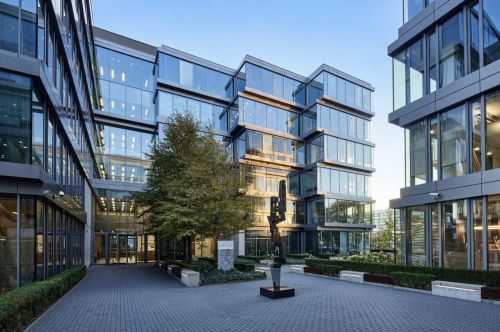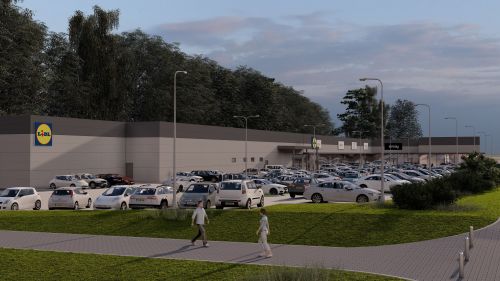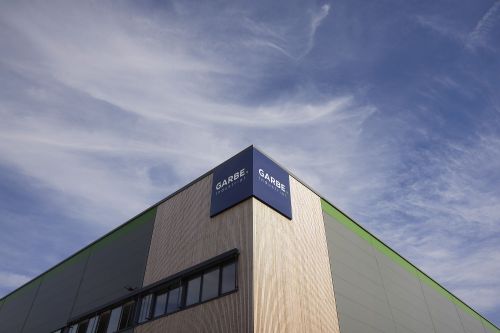The participants of our roundtable discussion:
Kinga Nowakowskahead of asset management sales and marketing of Grupa Capital Park. Since it was set up in 2003, Grupa Capital Park has carried out 99 investment transactions. It currently holds a portfolio of 72 assets (office, retail and residential) located in 40 cities in Poland, with a combined gross area exceeding 308,000 sqm.
Michał Świerczyńskivice-president of Polnord, which was established in 1977 as an office of the general contractor of construction export. It adopted the Polnord name in 1988, by which time it became a contracting company. Now listed on the Warsaw Stock Exchange, it mostly carries out residential projects as a developer. However, in 2010 the company started the construction of an office complex in Warsaw's new district, Miasteczko Wilanów.
Arkadiusz Rudzkileasing and asset management director of Skanska Property Poland. The company's first office projects were built in Warsaw, but it is now also prese
















































